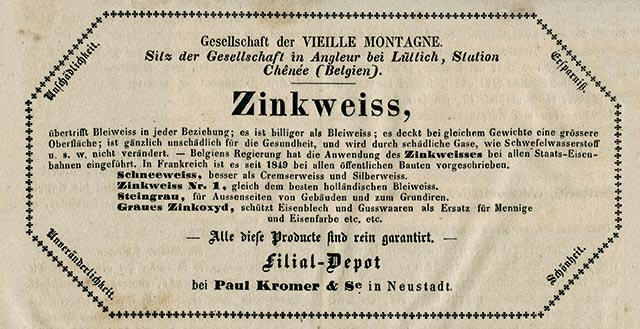
A Multitude of Colours on a White Background – the Lacquered Shield of the Black Forest
The brightly coloured painted wooden dial with a white background typically adorned the wooden Black Forest clocks during the entire 19th century. Apparently, the inhabitants of the Black Forest were inspired by the English “white-dial clocks” of Birmingham.
After Kajetan Kreutzer of Furtwangen had invented a light-resistant, readily drying varnish around the year 1810, the painted wooden shield became prevalent in nearly all clocks. The varnish rendered the shields resistant to moisture and staining.
Painting the shields was a health risk for the craftsmen, because the primer contained poisonous white lead. Many of the artisans died at an early age.
Nonetheless, they were eager to do this work, since it paid relatively well. A shield artist earned as much as a master clockmaker.